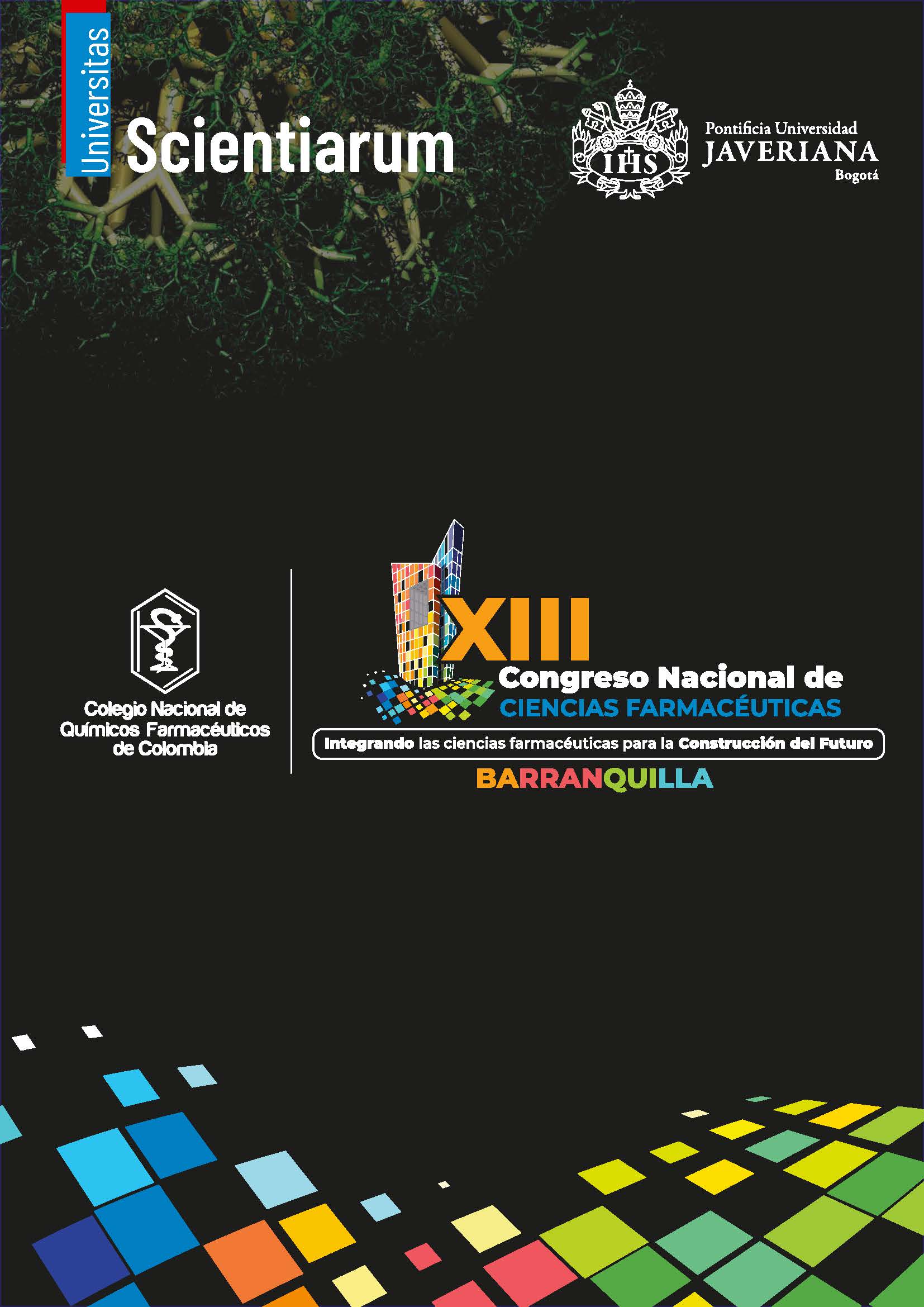Abstract
Heavy metal poisoning remains a critical public health issue worldwide, causing neurological, renal, and systemic damage. Dimercaprol (British Anti-Lewisite, BAL), developed during World War II as an antidote against arsenic and other toxic metals, continues to be clinically relevant due to its strong chelating properties. Despite its long history of use, detailed biochemical data on its metabolic degradation and fragmentation pathways remain scarce. This study aims to elucidate the gas-phase degradation mechanisms of BAL using experimental tandem mass spectrometry (MS/MS). MS/MS analyses were performed on a Shimadzu LCMS-8050 triple quadrupole equipped with electrospray ionization (ESI). Dimercaprol was directly infused at 0.1 mg/L, and precursor ions were fragmented via collision induced dissociation with argon. Collision energies ranged from 10 V to 50 V, and product ion spectra were acquired between 2 m/z–120 m/z. Spectral data were compared against predicted fragmentation patterns available in the Drug Bank database. Distinct collision energy-dependent fragmentation patterns were identified. At -10 V and -20 V, the ion m/z 107 ([C3H7S2]+) was predominant, while at -40V, fragments m/z 75 ([C3H7S]+) and m/z 61 ([C2H5S]+) were observed. These results diverged significantly (≥15% intensity differences) from Drug Bank simulations, highlighting the limitations of predictive models for organosulfur compounds. Thermochemical analysis indicated preferential stabilization of positive charge on sulfur centers, with reaction enthalpies between 221 kcal/mol–279 kcal/mol. A seven-step fragmentation pathway was proposed, leading to cyclic intermediates that explain BAL’s metabolic behavior. This study experimentally identified key fragmentation markers of dimercaprol (m/z 107, 75,61), providing robust fingerprints for its degradation. The discrepancies within in silico spectra emphasize the necessity of experimental validation, particularly for sulfur-containing pharmacological agents. These insights not only clarify BAL’s degradation pathways but also support the rational design of novel therapeutic derivatives for heavy metal detoxification.

This work is licensed under a Creative Commons Attribution-NonCommercial 4.0 International License.


